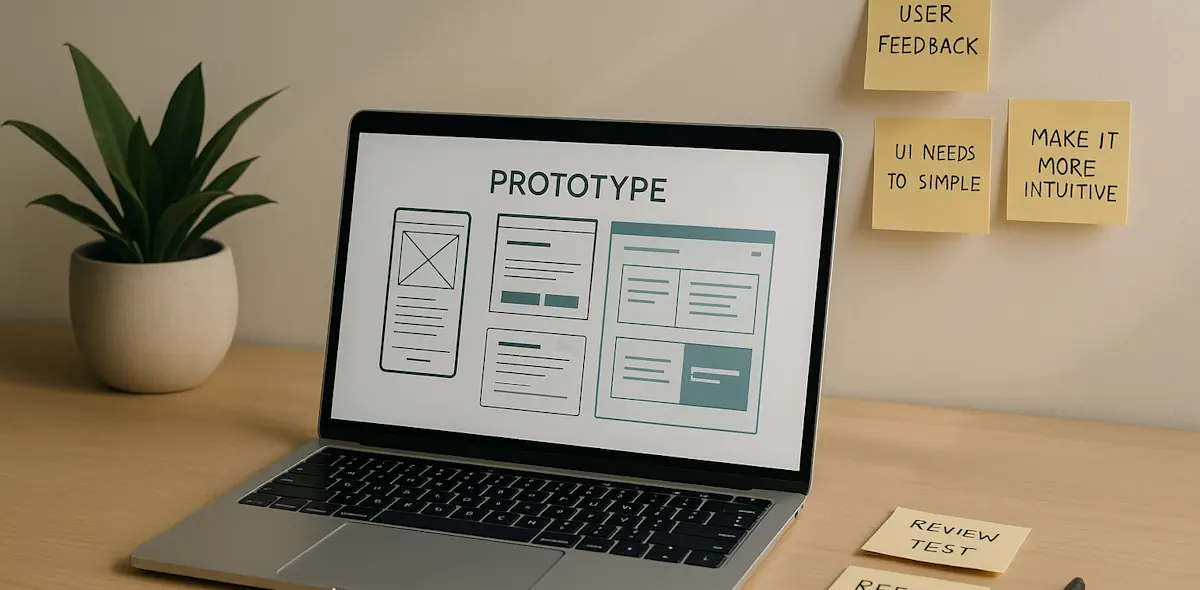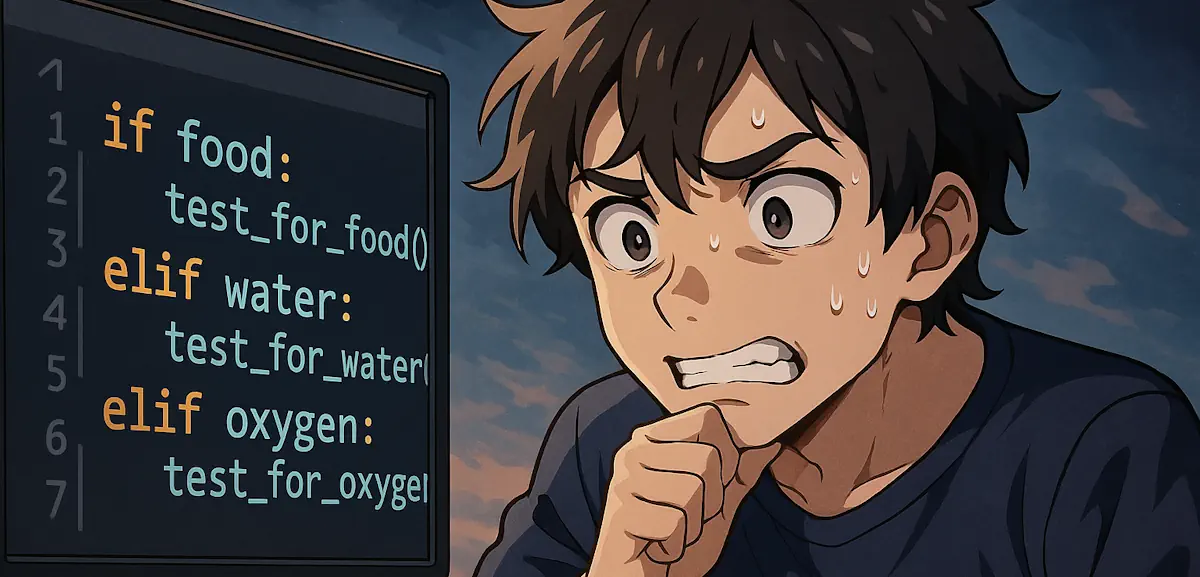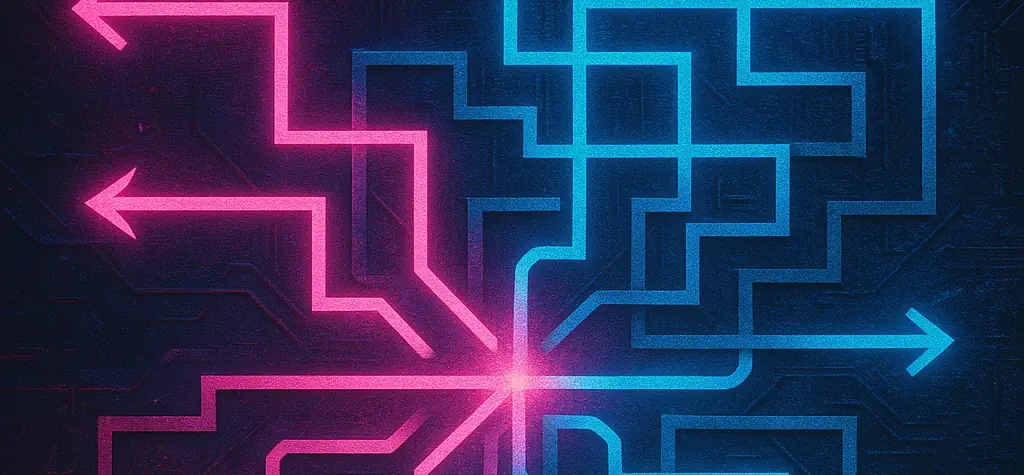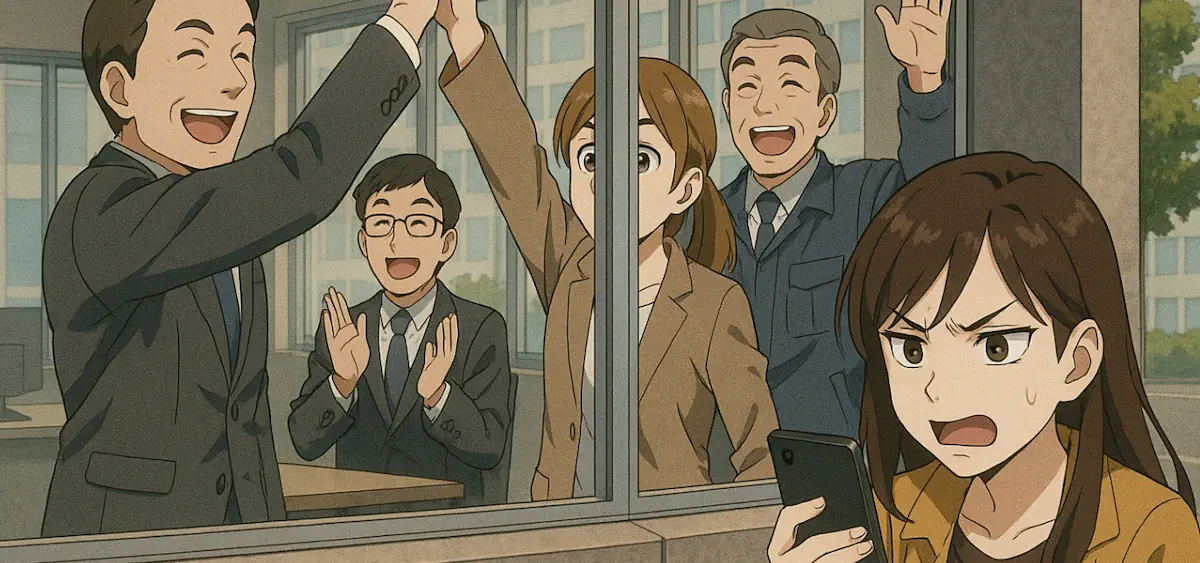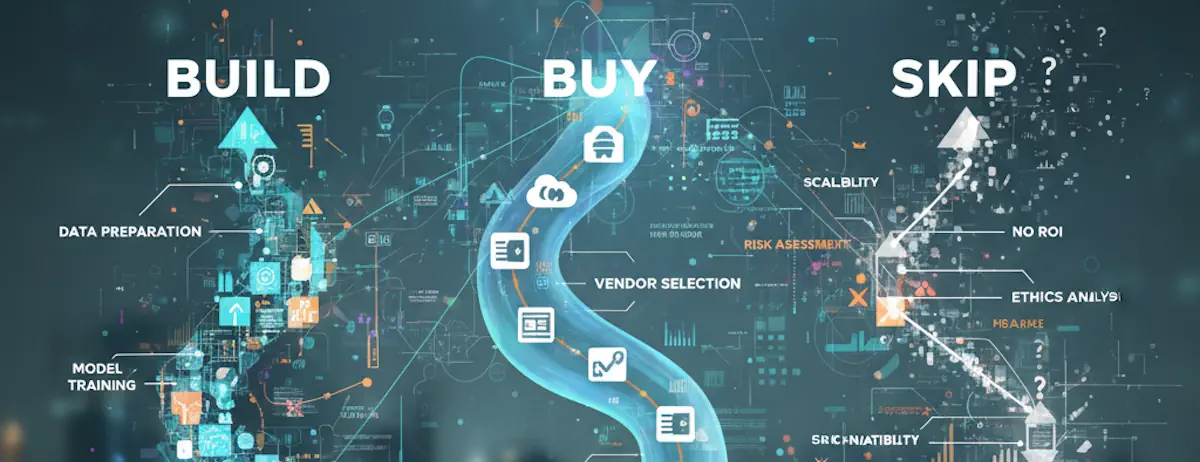The Gamer's Edge : Adaptive Leadership
Why the generation that grew up gaming brings critical adaptability skills to leadership roles and how to learn from it.
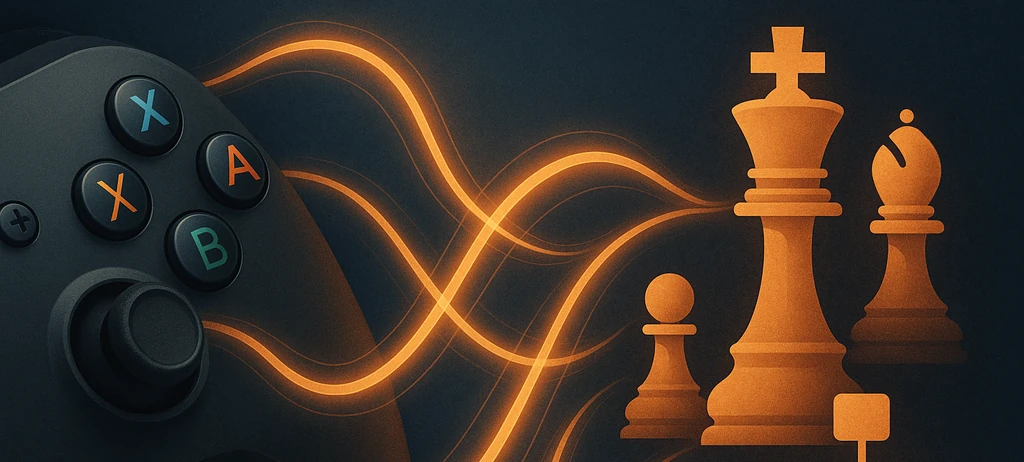
Three months into my role as CTO, I watched our newest engineer navigate a critical system failure with remarkable composure.
While our senior engineers debated root causes, she calmly triaged the immediate impact, deployed a tactical fix, and coordinated three parallel workstreams—all while keeping her key stakeholder (me) informed in real-time.
Later, I discovered she’d spent her college years leading large-scale raid teams in World of Warcraft (which started our rivalry of which was better–World of Warcraft or Final Fantasy XI).
That wasn’t coincidence. It was pattern recognition in action.
The business world loves to complain about millennials—their need for feedback, their job-hopping tendencies, their apparent inability to “pay their dues.” But C-suite executives are missing something critical: the generation that grew up gaming brings adaptive leadership skills that traditional management training struggles to teach.
The Pattern Recognition Advantage
Gaming doesn’t just teach reflexes—it develops systematic pattern recognition under pressure. Research from the University of Calgary studying MMO players found that gaming resulted in learning outcomes directly related to workplace skills, including “adaptability and agility” and viewing work as “solvable puzzles.”
Consider what happens during a typical raid encounter in a complex game. Players must:
Gaming Skills → Leadership Capabilities
→ Executive dashboard management
→ Crisis response leadership
→ Cross-functional team management
→ Strategic pivoting
→ Budget and timeline optimization
→ Deadline-driven execution
Sound familiar? It should. These are the exact skills we need in modern leadership.
When markets shift unexpectedly, when key team members leave, when technology disrupts your industry—the leaders who thrive are those comfortable with systematic uncertainty. Gaming creates that comfort through thousands of hours of practice.
Comfort with Incomplete Information
Traditional leadership development focuses on analysis and planning. Gaming develops something more valuable: the ability to act decisively with incomplete information.
Harvard Business Review research demonstrates that games offer “cheap, real-time learning” for strategic thinking. Unlike business school case studies, games force decisions with immediate consequences and limited information.
In the C-suite, we rarely have complete data. Market conditions change faster than research can track them. Customer preferences shift before surveys capture them. The leaders who succeed are those who can synthesize partial information, test hypotheses quickly, and iterate based on results.
I’ve watched traditional executives struggle with this reality. They want more analysis, more certainty, more time to evaluate options. Meanwhile, their gaming-generation directors are already testing solutions, gathering feedback, and adapting approaches.
This creates friction. To traditional leaders, rapid experimentation can look like “cowboy behavior” or reckless decision-making. But research reveals something different: gaming develops systematic risk assessment skills where players “weigh potential risks against rewards, influencing strategic choices” and make “calculated moves that align with objectives”.
The difference isn’t recklessness—it’s comfort with contained failure modes. Gamers naturally understand what traditional business calls “fail fast” because they’ve spent thousands of hours learning to mitigate risks through “proactive planning and execution” rather than avoiding risks entirely.
Systematic Uncertainty Tolerance
Here’s where the research gets fascinating. Studies on cognitive flexibility show that video games demand players “unlearn” previous strategies and flexibly adapt to new systems without experiencing frustration and anxiety.
Think about that. Traditional business training teaches frameworks and best practices—essentially, patterns to follow. Gaming teaches pattern-breaking as a core competency.
The progression looks like this:
- Learn the rules of a system
- Master effective strategies within those rules
- Encounter new challenges that render old strategies ineffective
- Rapidly develop new approaches without emotional attachment to previous methods
- Repeat continuously
This isn’t just adaptability—it’s systematic comfort with obsolescence. Your current approach will become outdated. Your successful strategies will eventually fail. The question isn’t whether this will happen, but how quickly you’ll recognize it and respond.
Adaptability Under Pressure: Gaming vs. Traditional Training
Continuous challenge adaptation
Framework application
Immediate feedback loops
Delayed outcome assessment
Emotional detachment from methods
Investment in proven approaches
The Cognitive Flexibility Factor
Research published in Nature revealed that action video games boost cognitive flexibility, enabling players to switch tasks more effectively and think more innovatively. This isn’t theoretical—it’s measurable improvement in cognitive task-switching.
But there’s a trade-off. Studies show that while action gaming improves reactive attention and rapid task-switching, it can decrease “proactive cognitive control”—the sustained, careful attention that enables deep focus on complex problems. Research found that after gaming sessions, players showed reduced ability to maintain watchful, sustained attention over longer periods.
This mirrors what many gaming-generation leaders experience: excellent at rapid context switching and crisis response, but sometimes less comfortable with extended deep-dive analysis that traditional strategic planning requires.
In leadership terms, this translates to:
- Context switching between technical details and strategic vision
- Stakeholder adaptation - adjusting communication style based on audience
- Crisis pivoting - moving from normal operations to emergency response
- Resource reallocation - shifting priorities based on changing conditions
I’ve observed this in countless leadership scenarios. The executives who struggle most are those who can’t shift gears quickly. They’re excellent at deep focus but struggle when the situation demands rapid context switching.
“The alternating-runs cognitive test shows that gamers can switch between tasks more quickly and with fewer errors than non-gamers.”
— Cognitive Flexibility Research, Behavioral and Brain Functions
Real-World Applications
Let me share a specific example from a previous role. We faced a critical system performance issue that was causing customer complaints and threatening a major contract renewal. Traditional problem-solving would have suggested: comprehensive root cause analysis, vendor evaluation, procurement process, implementation timeline—easily a 3-to-6-month project.
Our gaming-generation engineering leader proposed something different: parallel diagnostic streams with rapid iteration cycles, treating each potential solution as a “hypothesis to test” rather than a “decision to make perfectly.”
The approach:
- Week 1: Deploy three different monitoring solutions simultaneously to gather data
- Week 2: Test two promising optimization approaches in isolated environments
- Week 3: Implement the most effective solution with real-time rollback capability
- Week 4: Fine-tune and document the approach that worked
The result? Performance improved 60% within a month, contract renewed, and we developed a repeatable process for rapid performance optimization.
The key differences in approach:
- Embraced parallel testing instead of sequential evaluation
- Built multiple backup strategies rather than relying on single-path planning
- Used rapid iteration cycles with continuous monitoring
- Treated unexpected challenges as data points rather than setbacks
Understanding the Cognitive Trade-offs
Gaming-informed leadership isn’t without limitations. The same cognitive flexibility that enables rapid adaptation can sometimes work against sustained deep focus. Research demonstrates that while gamers excel at reactive attention and task-switching, they may struggle with “proactive cognitive control”—the careful, sustained attention that complex strategic analysis requires.
In practical terms:
- Gaming-generation leaders often excel at crisis management and rapid pivoting
- They may struggle with extended strategic planning sessions that require hours of focused analysis
- They’re more comfortable with iterative discovery than comprehensive upfront planning
- They prefer “good enough” analysis that enables action over “perfect” analysis that delays decisions
The solution isn’t choosing one approach over the other—it’s recognizing when each is appropriate. Crisis situations and volatile markets favor gaming-style adaptability. Long-term strategic decisions benefit from traditional deep analysis.
The most effective teams combine both approaches: gaming-generation leaders handling rapid response and adaptation, while detail-oriented analysts provide depth and comprehensive evaluation.
What This Means for Leadership Development
Organizations spend millions on leadership development programs that focus on frameworks, case studies, and best practices. These approaches have value, but they miss a critical component: developing comfort with systematic uncertainty.
Studies show that 89% of gamers demonstrate organizational skills, and 66% impact others’ thinking and behavior. But more importantly, 67% demonstrate the ability to apply creative approaches to problem-solving.
Traditional leadership development asks: “What’s the right framework for this situation?”
Gaming-informed leadership asks: “What can we test quickly to learn what we don’t know?”
The most effective leaders I’ve worked with—regardless of generation—share this trait: they’re comfortable being wrong quickly so they can be right sooner.
Building Adaptive Capability
If you’re leading teams that include gaming-generation talent, here’s how to leverage their natural adaptability:
Create space for experimentation. Traditional environments punish failure. Gaming environments use failure as rapid learning. Build processes that allow quick tests with contained failure modes.
Implement rapid feedback loops. Annual reviews are useless for adaptive leadership. Create systems for real-time performance feedback and course correction.
Embrace iterative planning. Long-term strategic plans should establish direction, not rigid steps. Allow tactical flexibility within strategic frameworks.
Value pattern recognition over pattern following. Promote people who can identify when approaches need changing, not just those who execute existing approaches well.
The Competitive Advantage
Here’s what many executives miss: this isn’t about generational preferences. It’s about competitive advantage in uncertain markets.
Research demonstrates that organizational agility depends heavily on leadership behaviors. Organizations with adaptive leadership report significantly better performance in volatile markets.
The companies thriving in today’s environment aren’t those with the best initial strategies—they’re those that adapt their strategies most effectively as conditions change.
This creates an opportunity. Instead of viewing gaming-generation leadership as a challenge to manage, smart executives are recognizing it as a capability to leverage.
The Path Forward
The next time you’re in a leadership discussion about “managing millennials,” reframe the conversation. Ask instead: “What can we learn from their approach to uncertainty and adaptation?”
The gaming generation didn’t just grow up playing games—they grew up practicing systematic adaptation under pressure. In a world where change is the only constant, that’s exactly the leadership capability we need.
What patterns is your organization unconsciously resisting that might actually be competitive advantages?



